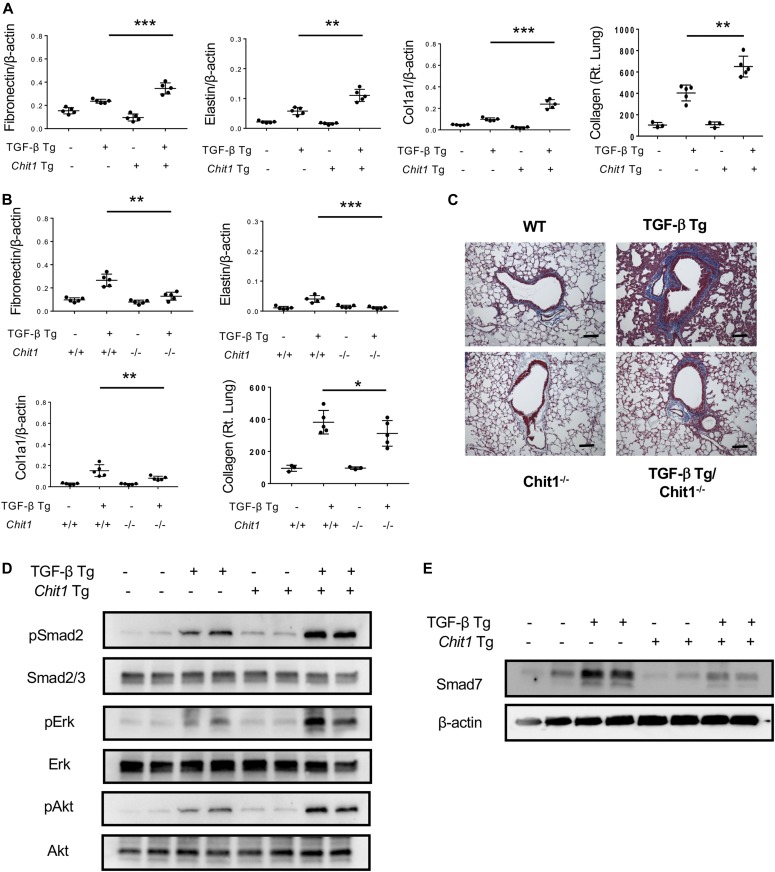Figure 2. CHIT1 enhances and plays a critical role in TGF-β1–stimulated signaling and fibrotic responses in vivo.
6–8-wk-old WT (−), TGF-β Tg (+), Chit1 Tg (+), and Chit1 Tg/TGF-β Tg mice were subjected to the evaluation. These mice were euthanized after 14 d of transgene induction of doxycycline containing drinking water (0.5 g/l). The expression levels of TGF-β1 and Chit1 in the bronchoalveolar lavage measured ELISA were about 1.8 ± 0.2 ng/ml and 13 ng ± 2.3/ml for TGF-β Tg and Chit1 Tg, respectively. (A, B) Evaluation on the ECM-associated gene expression and collagen accumulation in the lungs of WT and TGF-β Tg mice with overexpression of Chit1 (Chit1 Tg) (A) or null mutation of Chit1 (Chit1−/−) (B) using real-time qRT-PCR or Sircol Collagen Assay. β-actin was used as an internal control. (C) Representative Mallory’s trichrome staining of the lungs from TGF-β Tg mice with null mutation of Chit1 (Chit−/−). (D, E) Western blot analysis on the activation of TGF-β signaling (MAPK/Erk, Akt and, and Smad2) and Smad7 expression using lung lysates from WT and TGF-β and Chit1 Tg mice. β-actin was used as an internal control. The values in panels A and B represent the mean ± SEM of five mice each group. Panels D and E are representative Western blots in a minimum of three separate experiments. *P < 0.05, **P < 0.01, ***P < 0.001, t test. Bars in panel C, 100 μm.

